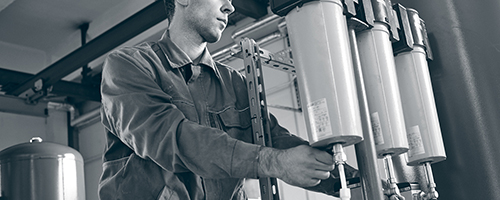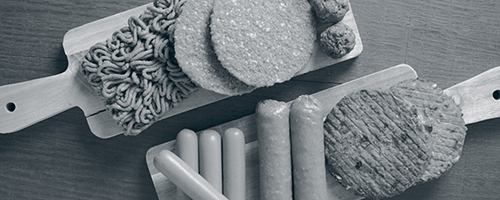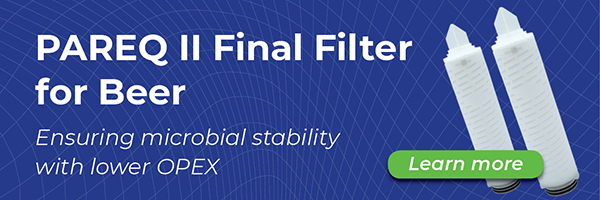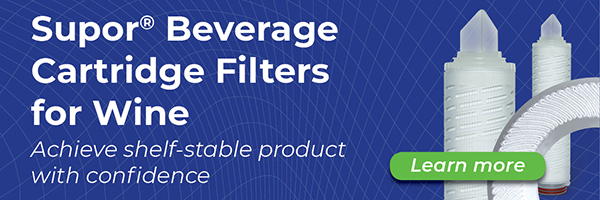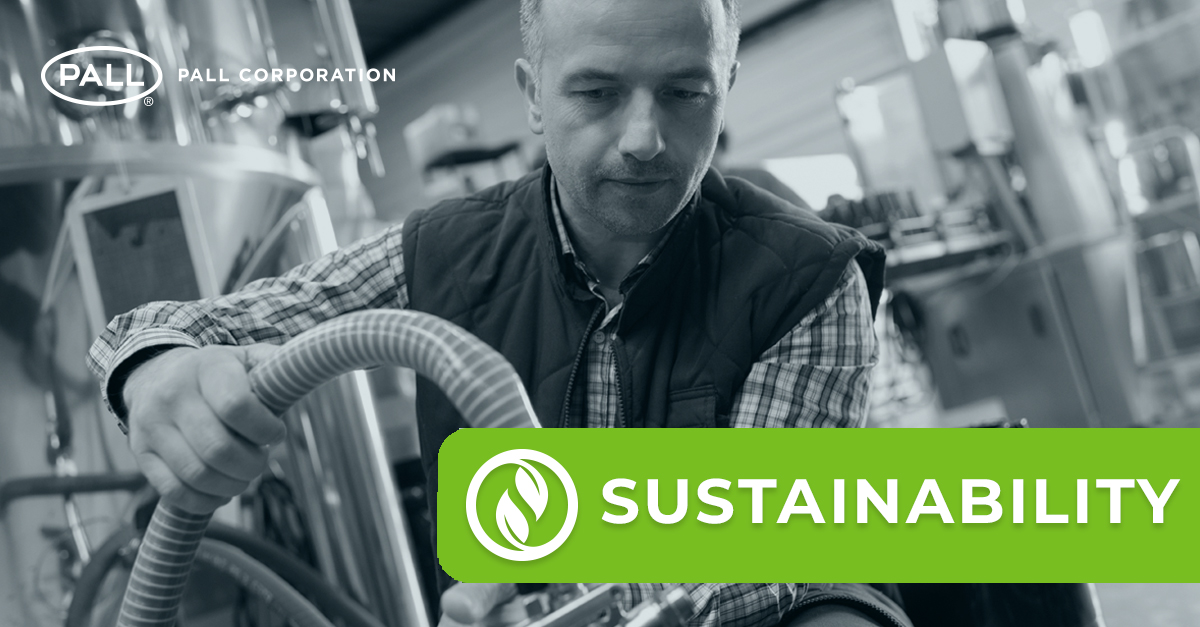
Blog
How to Guarantee Stability of Alcohol-Free and Low Alcohol beer
The Current State of the Alcohol-Free and Low-Alcohol Beverage Market
There is no doubt that today’s consumer seeks non-alcohol beer (NAB) or low-alcohol beer (LAB) alternatives to complement traditional beer products.
While it is still important for beer to have great taste and exceptional product variety, consumers’ desire for a healthier lifestyle has driven a new focus on purchasing behavior. According to ReportLinker.com, the global non-alcoholic beer market grew from $15.09 billion in 2020 to $16.65 billion in 2021 at a compound annual growth rate (CAGR) of 10.3%.
However, brewers producing no-alcohol beer (NAB) or low-alcohol beer (LAB) can face specific challenges. NAB/LAB is typically produced in different basic ways:
- By producing very little or no alcohol at all (incomplete fermentation)
- By removing alcohol after production
- By blending portions deriving from both aforementioned methods
Brewers today have access to very sophisticated equipment and varying technologies to help them create the perfect recipe and process. Regardless of the recipe or process, they need to ensure the final product is low in alcohol and shelf stable.
Challenges in Producing Alcohol-Free Beer
Not many breweries produce only NAB or LAB. In most cases, alcohol-free beer is a smaller segment of the broader beer product portfolio, as traditional beer still dominates the market in total volume. This can make it difficult for the brewer to adjust the stabilization procedures specifically to the NAB / LAB product when these are less frequently produced than traditional beers.
When producing NAB / LAB with incomplete fermentation, the final product may differ significantly in composition from the traditional fully fermented beers. Brewing textbooks like “Abriss der Bierbrauerei” by Prof. Narziß et.al. point out an intense need for colloidal stabilization of such products.
Moreover, alcohol-free beers generally are more vulnerable to microbial contamination. The low alcohol content allows spoilers to grow in the product more easily, and in case of utilizing incomplete fermentation, there may even be significant amounts of fermentable sugars left in the product. In addition, there is a distinct synergistic effect of alcohol during the pasteurization of beer, which of course is missing in NAB/LAB products. Thus, low-alcohol beers need higher pasteurization intensity, both in temperature and hot-holding time. In addition to adversely affecting consumption figures, this will also impact the final flavor profile and colloidal stability.
In summary, all the above statements mean that the production of alcohol-free or low-alcohol beers requires intense effort and review to ensure colloidal stability.
A possible solution: Beer systems that focus on stability while offering advantages to the specific needs of NAB/LAB
Colloidal stability
Using a fully automized system focussing on colloidal stability enables brewers to program-specific recipes for differing beer types and adjust the intensity levels of stabilization with a mere push of a button.
Pall's CBS System allows for adjustment in stability intensity depending on different beer types. Further, there is very little product loss during product changes, very little consumption, and very little oxygen pick-up.
Microbial stability
Thermal pasteurization in traditional beer processes can promote beer aging and consumption figures can be high. Without the synergistic effect between alcohol and heat, non-alcohol or low-alcohol beer requires even more intense pasteurization than alcohol containing beer. The critical aspects become even more pronounced.
An alternative is cold final filtration: Microorganisms are not inactivated by overcoming their heat tolerance but removed instead by their cell size.
Pall customer Cölner Hofbräu explains “cold sterile filtration with CFS ensures maximum safety while preserving freshness and taste”. Next to the CFS Neo system, final filtration can also be carried out in a very small scale, down to using just one filter cartridge at once.
Conclusion
As the popularity of low-alcohol and non-alcoholic beer continues, brewers need to stay at the forefront of consumer trends and leverage technologies that enable the production of a high-quality, shelf-stable product. Colloidal stabilization beer systems and cold final filtration might be a good place to start.
To learn how Pall can help, contact us.
- Category
- Author
- Sort By

